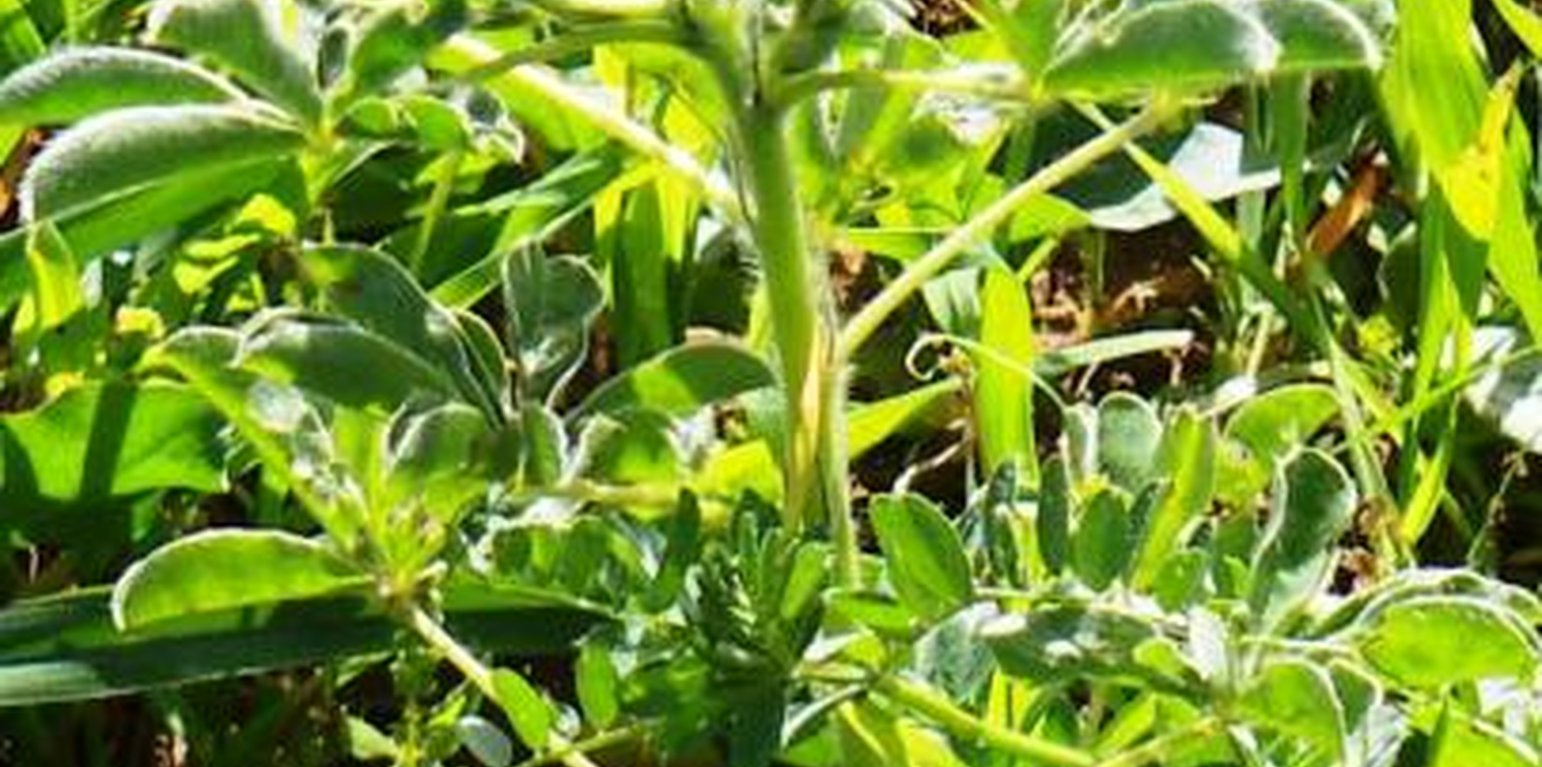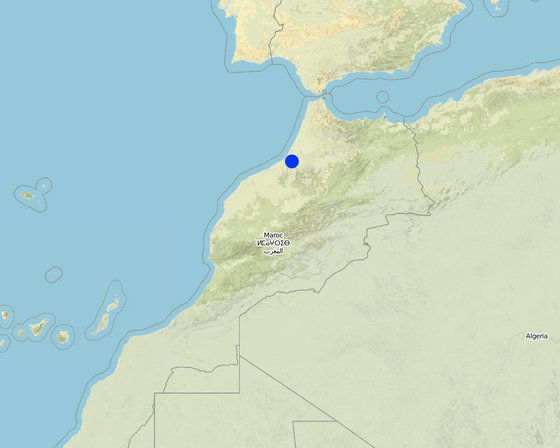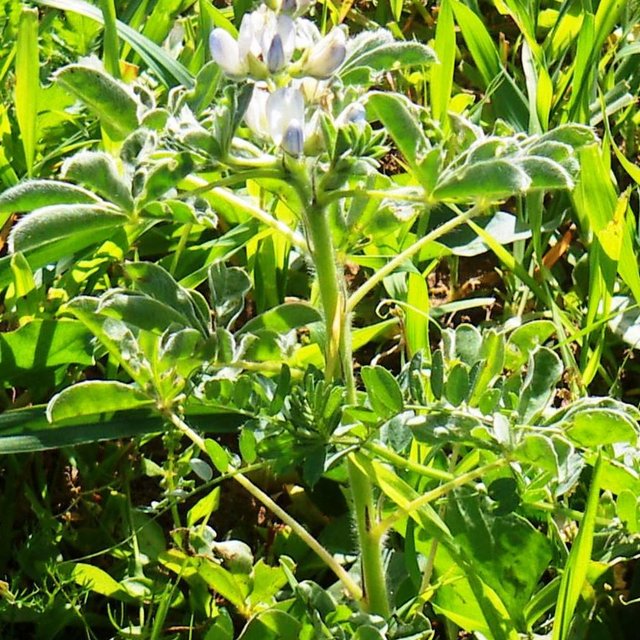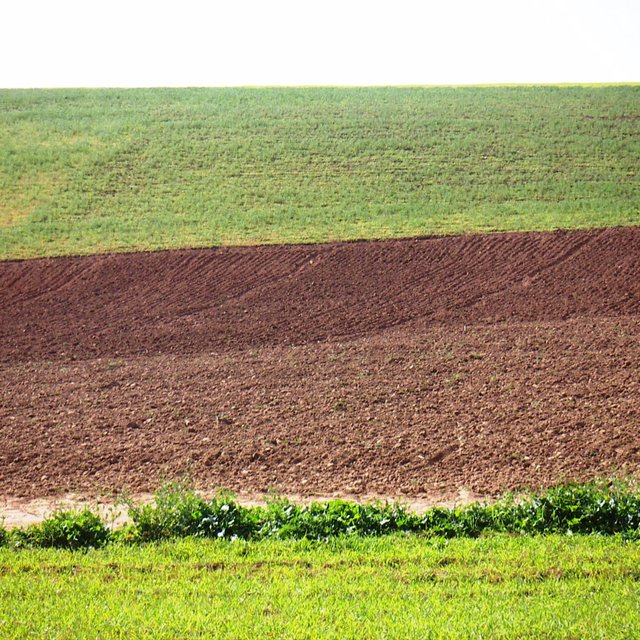



Farming is the main activity of the Sehoul population. In the past, it was based on subsistence cultivation and especially on extensive breeding outside the farm. The cultivation practice mostly applied was barley monoculture. Nowadays, crop rotation is more and more diversified (use of other cereal species and mainly legumes). Because of land degradation on forest pasture, farmers increasingly use their farm land for fodder or legume production such as oats and lupin. White lupins were introduced in the region during the colonial era (1912-1956), through individual initiatives with no external support. The advantages of lupin cultivation are its ability to grow on poor and stony soils and, like other leguminous crops, it does not need nitrogen fertilizers because of its ability to fix nitrogen from the air, which reduces the costs. Additionally, lupin does not require much water (a minimum of 350 mm per year is sufficient). Considering the importance of pastoral activity in the production system of the Sehoul district, this technology meets the expectations of the population as follows. Firstly, there is improvement of fodder production. Lupin is a leguminous crop which can be eaten by ruminants either as green fodder or as grain. Secondly, there is soil improvement through a better structure, an increased soil organic matter content and better nitrogen retention that can be used for the next cultivation. Thirdly, there is a better soil cover because lupin is an invasive plant with efficient roots for finding nutrients, which allows its cultivation on poor soils.
The lupin cultivation technique consists of the following: spreading the seed in October-November, and possibly until mid-December. Early sowing shows good yields, because cold temperatures cause early blossoming. For white lupin, sowing density is about 100 kg/ha. Ploughing (20-25 cm deep ploughing is sufficient) to bury the seed is performed with a swing plough and two mules on slopes, and with a metallic plough or a tractor on plains. No weeding or fertilization activities are required because of the lupin's good nitrogen fixation capacity. However, an additional second or third ploughing can improve the harvest, but is often constrained by a lack of means. A first grazing is allowed in March but afterwards it is left so that it can recover again. Harvesting is done manually with sickles in August and residues are grazed again. Seed production is 8-10 quintals/ha, biomass is 3000 kg/ha.
This technology is applied on plateau margins with steep slopes, where traditional small-scale land use includes predominantly winter crop cultivations (wheat and barley) and secondary spring food cultivations (broad beans, chickpea, maize). On the plateau, bigger and better maintained farms perform irrigated cultivation with ground water. The cork oak forests are coveted as pasture land and firewood source and therefore they are regarded as important for their free natural fodder resources. Pasture land (except forests) covers a small area (12% of the Sehoul area) because of land appropriation and cultivation. Only the collective and the fallow lands are now used as pasture lands and generally show important and alarming degradation processes.

Location: Sehoul, Salé, Morocco
No. of Technology sites analysed:
Spread of the Technology: evenly spread over an area (2.0 km²)
In a permanently protected area?:
Date of implementation: 10-50 years ago
Type of introduction






| Specify input | Unit | Quantity | Costs per Unit (Dirham) | Total costs per input (Dirham) | % of costs borne by land users |
| Equipment | |||||
| Reaping hook | piece | 1.0 | 3.0 | 3.0 | 100.0 |
| Swing plough | piece | 1.0 | 20.0 | 20.0 | 100.0 |
| Metallic plough | piece | 1.0 | 42.0 | 42.0 | 100.0 |
| Mule | piece | 2.0 | 2703.0 | 5406.0 | 100.0 |
| Cart | piece | 1.0 | 203.0 | 203.0 | 100.0 |
| Total costs for establishment of the Technology | 5'674.0 | ||||
| Total costs for establishment of the Technology in USD | 709.25 | ||||
| Specify input | Unit | Quantity | Costs per Unit (Dirham) | Total costs per input (Dirham) | % of costs borne by land users |
| Labour | |||||
| Seeding | person days | 1.0 | 5.0 | 5.0 | 100.0 |
| Ploughing | person days | 2.0 | 10.0 | 20.0 | 100.0 |
| Harvest | person days | 2.0 | 10.0 | 20.0 | 100.0 |
| Gathering and canning | person days | 1.0 | 5.0 | 5.0 | 100.0 |
| Plant material | |||||
| Seeds | kg | 100.0 | 0.42 | 42.0 | 100.0 |
| Total costs for maintenance of the Technology | 92.0 | ||||
| Total costs for maintenance of the Technology in USD | 11.5 | ||||
Quantity before SLM: 10 qt/ha
Quantity after SLM: 18 qt/ha
Quantity before SLM: 2 cultivations
Quantity after SLM: 8 cultivations
Quantity before SLM: 2culture
Quantity after SLM: 8culture
Quantity before SLM: 4.99%
Quantity after SLM: 10.31%
Quantity before SLM: 2 g/h/m²
Quantity after SLM: 0.5 g/h/m²
Quantity before SLM: 0
Quantity after SLM: 50 kg/ha
Quantity before SLM: 0.88%
Quantity after SLM: 2.21%
Quantity before SLM: 2 species
Quantity after SLM: 8 species